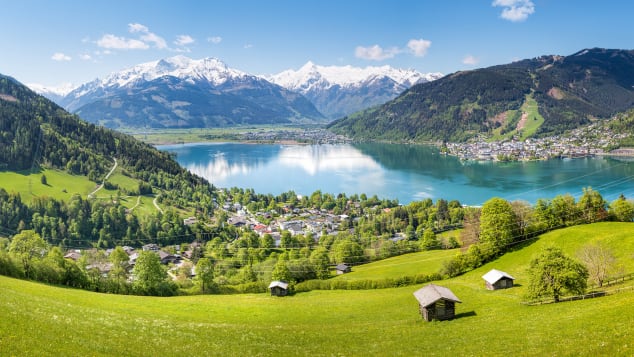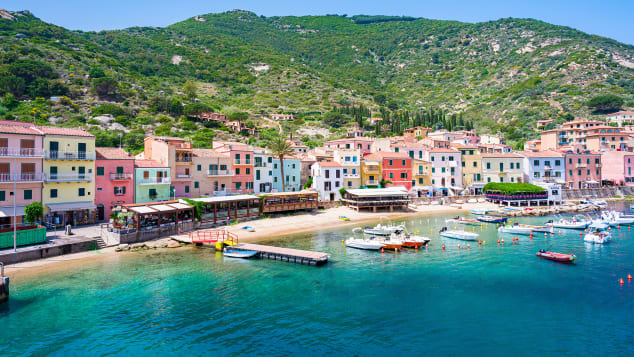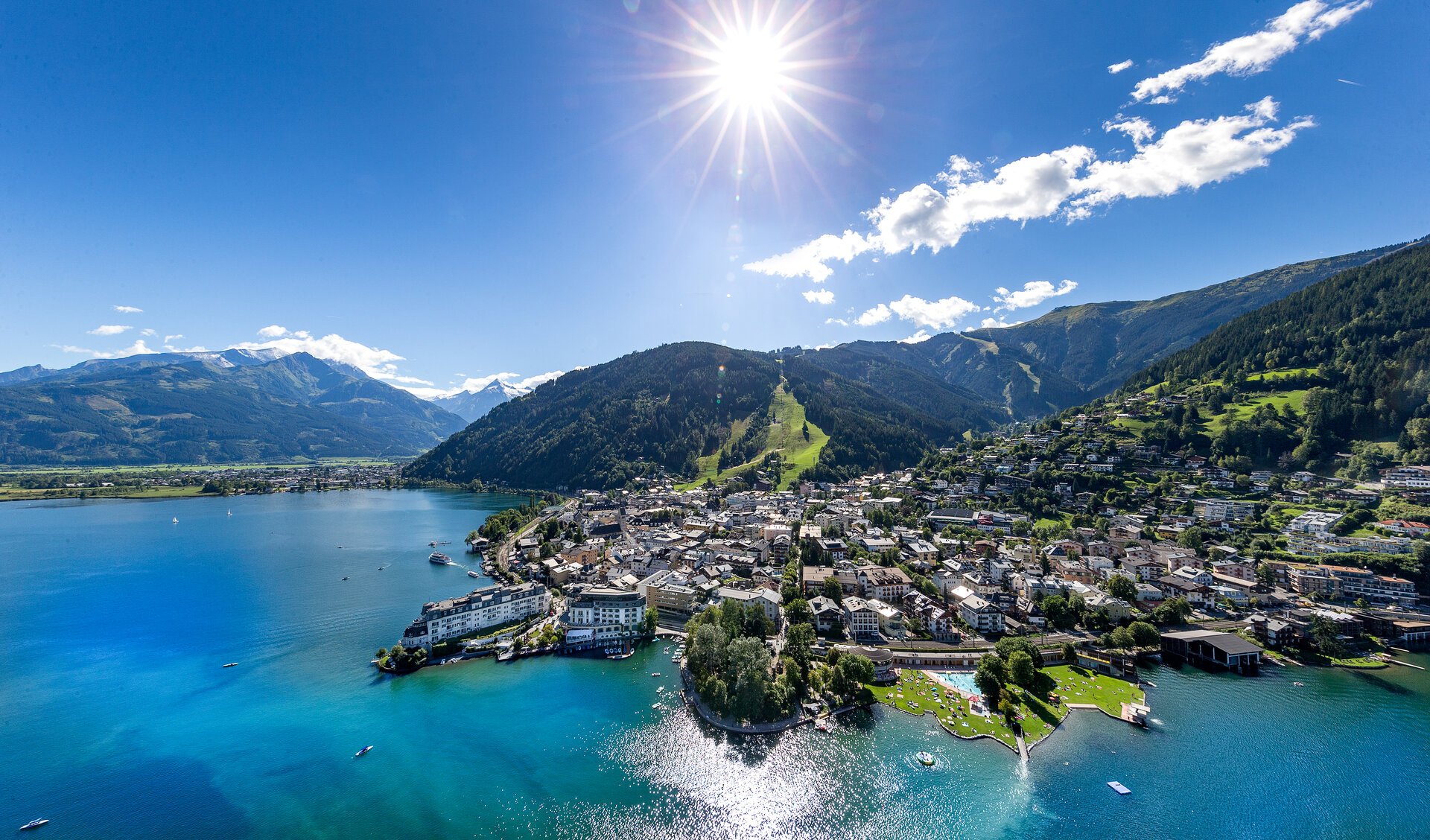Travel has changed in many ways since the pandemic started, but one change for the better is the new push towards rural tourism. Where before we were intent on ticking off yet another city break, in lockdown we started dreaming of the great outdoors — and that still hasn’t changed.
So here are 32 new rural spots to add to your list. The World Tourism Organization (UNWTO) has drawn up its second annual list of “best” rural villages around the world.
It’s a departure from the usual lists of Instagrammable places in peak tourist destinations. The UNWTO is a United Nations agency focusing on responsible tourism — so these villages have been chosen for how they’re growing visitor numbers without ruining what it is the visitors are coming to see. In a statement, the UNWTO said:
“The accolade recognizes rural destinations that are embracing tourism as a driver of development and new opportunities for jobs and income, while preserving and promoting community-based values and products. The initiative also recognizes villages for their commitment to innovation and sustainability in all its aspects — economic, social and environmental — and a focus on developing tourism in line with the Sustainable Development Goals (SDGs).
A grand total of 32 villages across the globe made the list, out of 136 which were put forward by 57 UNTWO member states. There’s no ranking — instead, the destinations are listed alphabetically by country.

Each country was allowed to submit up to three villages for consideration — and only Spain succeeded in qualifying all three of its villages. Rupit, Alquézar, and Guadalupe all made the list. Its neighbor, Portugal, had one entry — Castelo Novo, one of 12 historical villages surrounded by the Serra da Gardunha mountain range.
Austria begins the list with Zell am See. A small town, rather than a village, it sits on the shore of peaceful Lake Zell, in the shadow of the Kitzbühel Alps. Its sibling, Wagrain, is a small ski resort near Salzburg.
Next up is Chile, and its entry Puqueldón — the biggest of nine villages on Lemuy island in Chile’s Chiloé archipelago. China has made it through with two villages: Dazhai, in northern Guangxi province and Jingzhu in Chongqing, southwest China.

One particularly interesting addition to the list is Choke Mountain Village, an ecotourism village on Choke Mountain, about 200 miles northwest of Ethiopia’s capital Addis Ababa. The farming community uses solar energy, biogas and ecological waste management, operates sustainable land management, and has introduced fair trade tourism, where visitors can buy local honey, coffee, medicinal herbs and beer as a memento of their stay.
Called the “Best Tourism Villages” initiative, the program aims to combat rural depopulation, advance gender equality, innovation, infrastructure and investment, and reduce regional income and development inequality — all while enacting sustainable tourism, and reducing emissions and waste. The villages on the list have a “clear commitment to innovation and sustainability in all its aspects — economic, social and environmental,” said UNWTO in a statement.

A concurrent “Upgrade Program” supports villages that didn’t meet the full list criteria to improve their chances of making it on in future years.
The full list, in alphabetical order, is as follows:
• Zell am See, Austria
• Wagrain, Austria
• Puqueldón, Chile
• Dazhai, China
• Jingzhu, China
• Choachí, Colombia
• Aguarico, Ecuador
• Angochagua, Ecuador
• Choke Mountains Ecovillage, Ethiopia
• Mestia, Georgia
• Kfar Kama, Israel
• Sauris Zahre, Italy
• Isola del Giglio, Italy
• Umm Qais, Jordan
• Creel, Mexico
• El Fuerte, Mexico
• Ksar Elkhorbat, Morocco
• Moulay Bouzerktoune, Morocco
• Lamas, Peru
• Raqchi, Peru
• Castelo Novo, Portugal
• Pyeongsa-ri, Republic of Korea
• Rasinari, Romania
• AlUla Old Town, Saudi Arabia
• Bohinj, Slovenia
• Rupit, Spain
• Alquézar, Spain
• Guadalupe, Spain
• Murten, Switzerland
• Andermatt, Switzerland
• Birgi, Türkiye
• Thái Hải, Vietnam
Source: CNN







